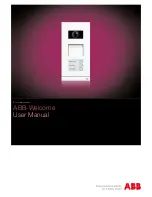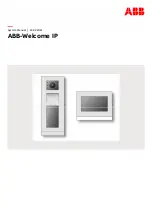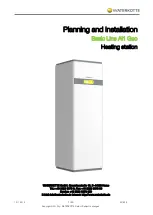
6
1.3
Features and benefits of Geberit drainage systems
Geberit High Density Polyethylene (HDPE): Density 951 – 955 kg/m
3
The density of polyethylene varies between 910 – 960 kg/m
3
. Geberit HDPE, up to 955 kg/m
3
,
is of the highest quality and has excellent durability. HDPE is light weight, which is beneficial
particularly with regards to handling, transportation and installation. Geberit Silent-db20: Density
1700kg/m3 Increased density improves acoustic properties.
Tempered 10mm per metre (licence Geberit International AG)
The safest way of avoiding the inevitable reversion (shortening of the dimensions) after heat load in the
plastic pipe, is to take preventative measures during manufacture. Geberit HDPE pipes and Geberit
Silent-db20 are therefore stored in hot water baths after manufacture. This process increases the
safety of the joints, as there is no chance of joints pulling apart later due to shortening of length.
Resistance to cold
When Geberit HDPE and Geberit Silent-db20 parts are filled with water and then freeze, they stretch
elastically as the ice expands. Once the ice melts they resume their original shape, remaining completely
intact and undamaged.
Flexibility
The flexibility of Geberit HDPE makes it ideal for certain buildings or on bridges, especially when
pipes have to pass through expansion joints or are in buildings that are subject to traffic vibrations.
Melt-flow index 0.4 – 0.5g/10min
This describes the working properties of the pipe and at the same time gives information on the
molecular weight, which is crucial for a number of raw material properties. The smaller the melt-flow
index, the higher the molecular weight and thus the pipe’s resistance to stress corrosion.
Thermal conductivity 0.43 W/m.K
Geberit HDPE and Geberit Silent-db20 are poor conductors of heat. For this reason the pipe does
not become completely warmed through when heat loaded for a short period. Heat loss is about 90%
less, for instance, than a similar copper pipe.
Introduction
Geberit Drainage Systems








































